Diversity Fatigue: Beating Burnout in the D&I Space
Coined in the late nineties to describe the hardships of workplace diversification, ‘diversity fatigue’ has since found its way into many modern businesses. It’s typically used to define the frustration, exhaustion, cynicism, and ultimately, burnout associated with DEIB-related activities (diversity, equity, inclusion, and belonging).
Why does it happen? A range of intersecting factors, but it’s primarily down to a lack of action. The DEIB conversation is loud and wide-reaching, but in many cases, that’s all it is. When discussions and promises aren’t backed by action, change is painfully slow. This takes its toll on those inside the space whether it’s an active part of their day job or not.
DEIB is critical, and companies can’t afford to let it fall by the wayside. What can we do to beat the burnout associated with diversity fatigue?
Recharge
Building and maintaining a truly inclusive workplace can take years. It’s a marathon, not a sprint, and the journey is often fraught with plenty of emotionally demanding moments. Whether that’s broaching sensitive topics of conversation or clashing with decision-makers over DEIB initiatives, taking time to recharge in between is vital.
Dedicated communities can be valuable support systems in this context. If you haven’t already, it’s worth thinking about connecting with a relevant community near you – it’s a great way to develop your network and uncover new avenues of opportunity.
Define It
Fatigue can occur when there’s a lack of buy-in from senior leadership, a common complaint from DEIB advocates. This challenge (and plenty of others) can be confronted with a clear definition of DEIB, particularly a definition of the ‘why.’
This doesn’t need to be an overly complex fatigue-inducing debate, it just needs to cover the organisational mandate at the base level. Is it an ethical imperative? A strategic advantage? A mission-critical element that you need to build relevant products? All of the above and so much more?
Defining DEIB in a way that aligns with the overarching company strategy can improve communications when the time comes to convince decision-makers to take action.
A high-performing, DEIB-enabled culture requires behavioural change, something a definition alone can’t achieve, but it will enable the business to move away from viewing diversity as a conceptual pipedream.
Develop Relevant Metrics
Diversity is contextual, and this should be reflected in your metrics. Setting unattainable diversity metrics is a reliable way to burn yourself out, and any efforts made to reach your goals will struggle to drive meaningful progress.
Instead, create milestones that are reflective of the societies you serve, the industry you operate in, and the needs of your workforce.
Diversity at the Top
How believable is a business’s commitment to diversity if its leadership is homogenised? Diverse leadership makes diversity visible to the entire workforce – the ‘you can’t be what you can’t see’ motif is deeply resonant.
Plus, leaders with a personal stake in diversity are likely going to champion any efforts to improve its presence in the workplace.
Trinnovo Group
Diversity is a principal tenet of Trinnovo Group’s value system. If you’re interested in joining us on our mission to build diversity, create inclusion, and encourage workplace innovation, get in touch with the team today – together, we can make a positive impact on the future of work.

